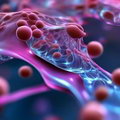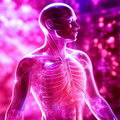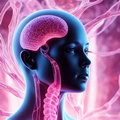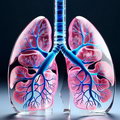
Symptoms of cerebral palsy usually do not appear immediately after birth. They usually become noticeable from an early age. The exact cause of cerebral palsy is often unknown, but it is usually associated with brain damage that occurs before, during, or in the early years of life. Symptoms include difficulty with muscle coordination and control, involuntary movements, and problems with speech and hearing. This disease can also cause social and emotional problems, difficulties in learning and cognitive functions.
Stem cells are unique cells that can develop into different types of cells and tissues. They are found in different body parts like bone marrow, fat tissue, etc. Stem cells are responsible for repairing damaged tissue. They have the potential to promote tissue regeneration and reduce inflammation, leading to improvements in motor function and other symptoms.
Improvement of motor function: studies have shown promising results of therapy. Many patients experienced enhanced muscle control, increased strength, improved balance and coordination.
Enhanced cognitive abilities: research has shown improvements in attention, memory, and problem-solving skills in individuals with cerebral palsy.
Reduced spasticity and seizures: spasticity, characterized by muscle stiffness and involuntary contractions, is a common symptom of cerebral palsy. Stem cell therapy has been shown to reduce spasticity, leading to improved comfort and mobility.
The most common approaches include intravenous infusion, intrathecal injection (into the spinal canal or vertebral cavity), and intramuscular injections. The choice of delivery method depends on factors such as the patient's condition and the recommendations of medical professionals.
After the therapy, it is crucial to closely monitor the patient's progress. Regular check-ups, assessments, and evaluations help track improvements, identify any potential complications, and adjust the treatment plan if necessary. Follow-up care ensures that the therapy is tailored to each patient's specific needs and maximizes the chances of positive outcomes.















